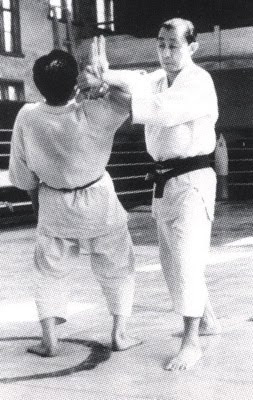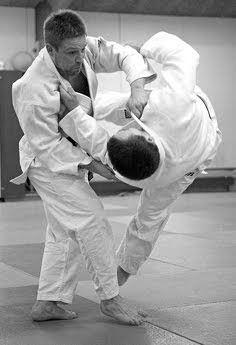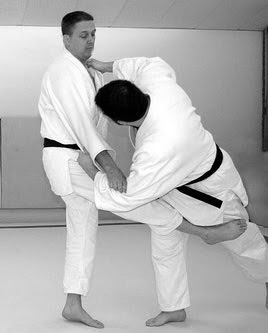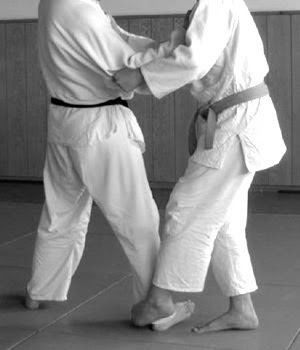Ura waza experiments part 4
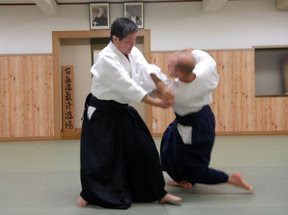
Last month, the overall "theme" if you will for all aikido classes was "randori", and I chose to explore the ura waza techniques covered in both the usual forms but also the experimental stuff covered in last year's shochugeiko. This month, the dojo has moved on to koryu dai ni kata, and we're following suit in the morning classes, which means that I didn't get a chance to play with some of the last techniques in junana hon kata. At least, not in regular class. I've a few occasions no to play around with some things outside of that, and I thought I'd jot them down here to finish out this series of posts and if anything make a record of what we found. Where did we leave off? Oh, yeah, kote gaeshi . Wee covered ideas regarding tenkai kote gaeshi in early classes and posts, so we'll skip that and move on to shiho nage . There is, of course, the classical counter of doing shiho nage right back to uke, which works pretty darn well, thank you very



